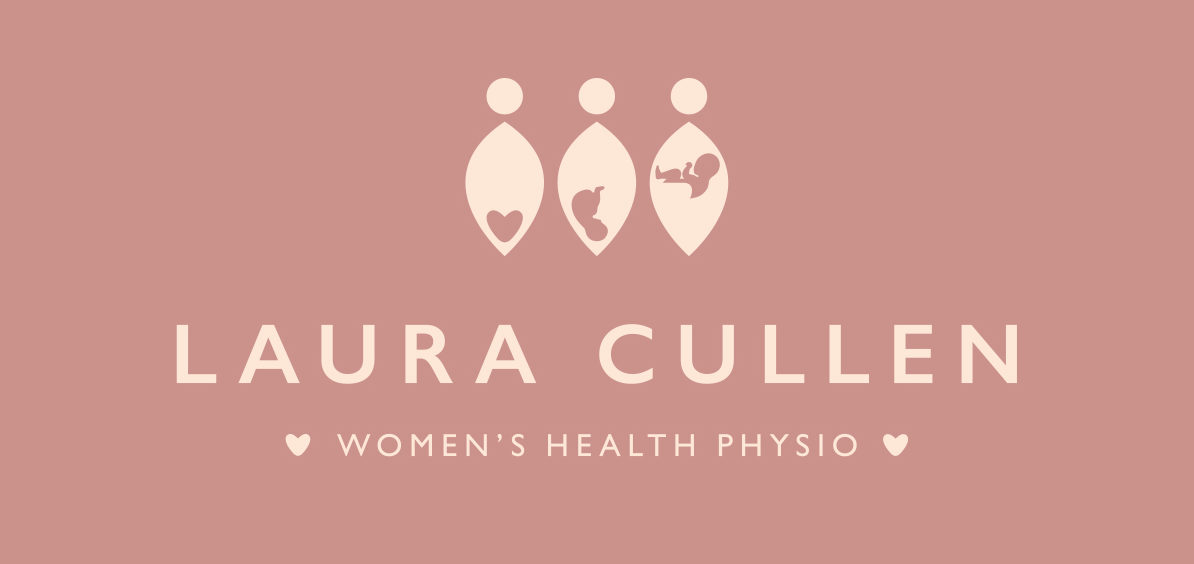I am often asked “Should I be doing my pelvic floor exercises when I am pregnant? Won’t it make it more difficult for me to give birth?” the answer it YES you should and NO it won’t. Providing you are doing it correctly.
I explain this to my clients using this analogy; would you pick up a dumbbell and do little bicep curls only ever using half of the muscle and never straightening your arm right down? Well, if you did you would have very strong (helpful) but very short (very unhelpful) biceps meaning you can’t stretch your arm out fully!!!!
The same principle applies to your pelvic floor which, in case you aren’t aware, is also a muscle. So when you are doing your pelvic floor exercises it is very important to contract the muscle as hard as you can, to build its strength and endurance, but it is equally, if not more, important to fully relax the muscle in between each contraction.
The pelvic floor muscles have such an enormous responsibility in birth. They are like the gatekeepers for the pelvis. When they have normal tone, things go really smoothly. But when they have too much tone or uneven tone side to side, that’s when they can cause problems.
Ideally, we want pelvic floor muscles that have a functional strength. We want the muscle to be able to contract and relax. It needs to be strong and flexible so it can lengthen when pressure is applied. That is what needs to happen for birth – the baby’s head applies pressure, and the muscles lengthen and open up.
What can you do to help?
Pelvic Floor Exercises
When doing your pelvic floor exercises, always ensure you allow the muscles to fully relax between repetitions. Think about your pelvic floor as an elevator, when you contract you want to take it to the 10th floor, but before you do the next contraction you need to take the elevator all the way back to the ground floor.
Push Preparation
Practise contracting your abdominals for pushing, whilst relaxing your pelvic floor to allow pelvic opening. You can do this whilst having a poop. Breathe out as your engage your tummy muscles to push whilst allowing your pelvic floor to relax and open.
This action promotes healthy peristalsis (pooping) while effectively recruiting the transverse abdominis, your primary ‘push muscle.’
Get checked
The pelvic floor muscles play such a critical part in the birthing process. To help women have easier births, we need to make sure they are in optimal working order to be able to expand and lengthen to allow the baby to pass through the pelvis. Fit Bumps and Mums offers an assessment of the pelvic floor muscles prior to birth, this can ensure that everything is in good working order and can help both Mums and babies have an easier start to life. Contact Laura to book or for more details.



